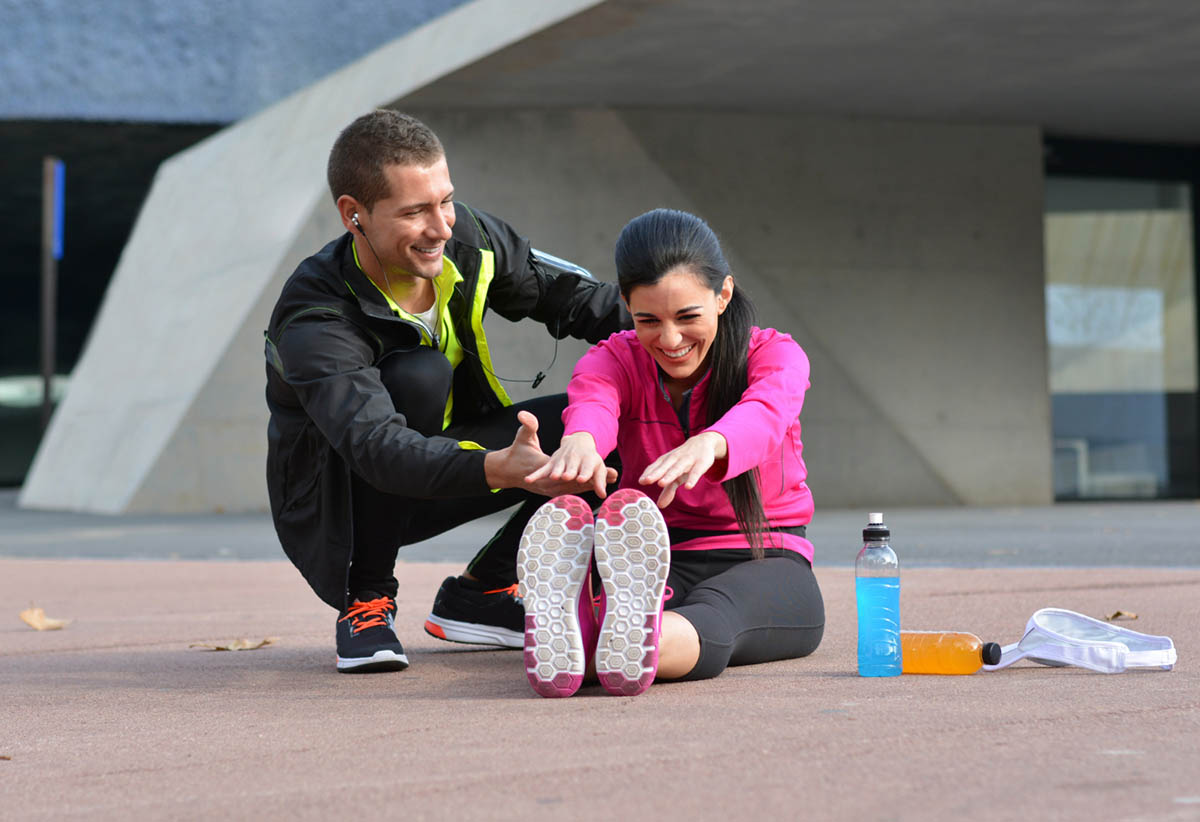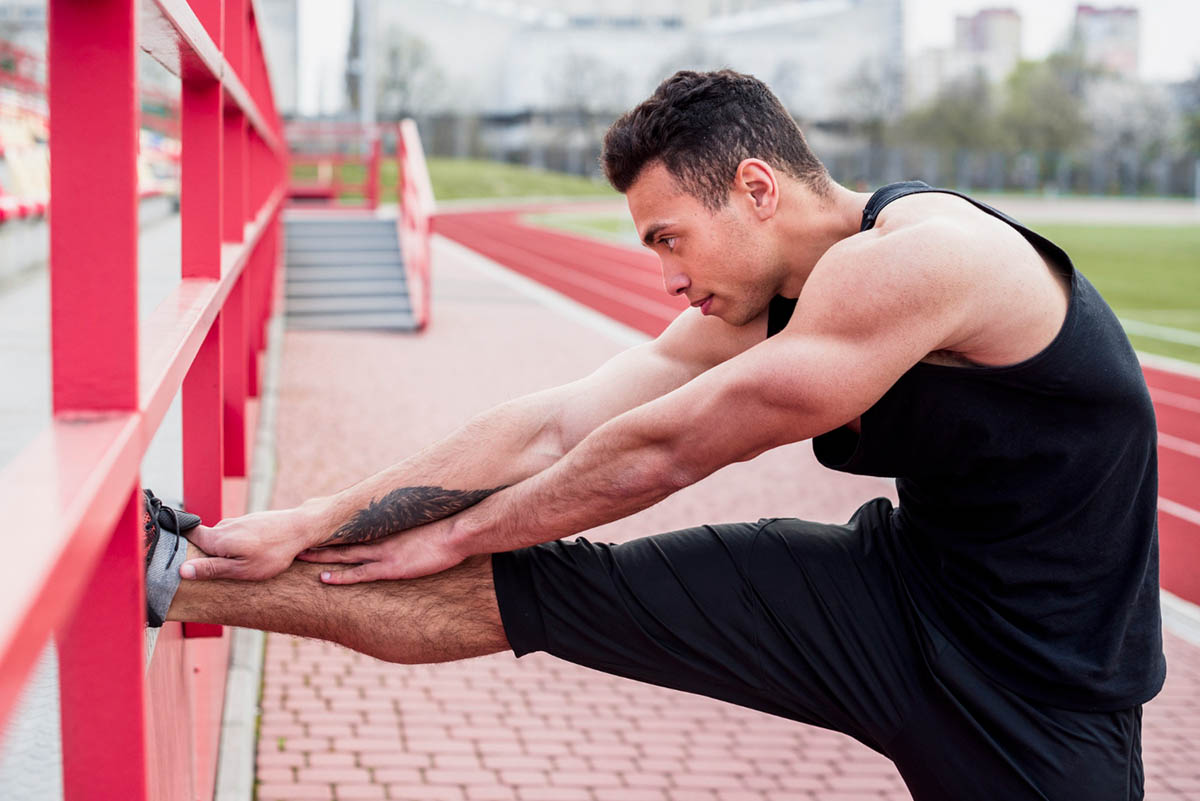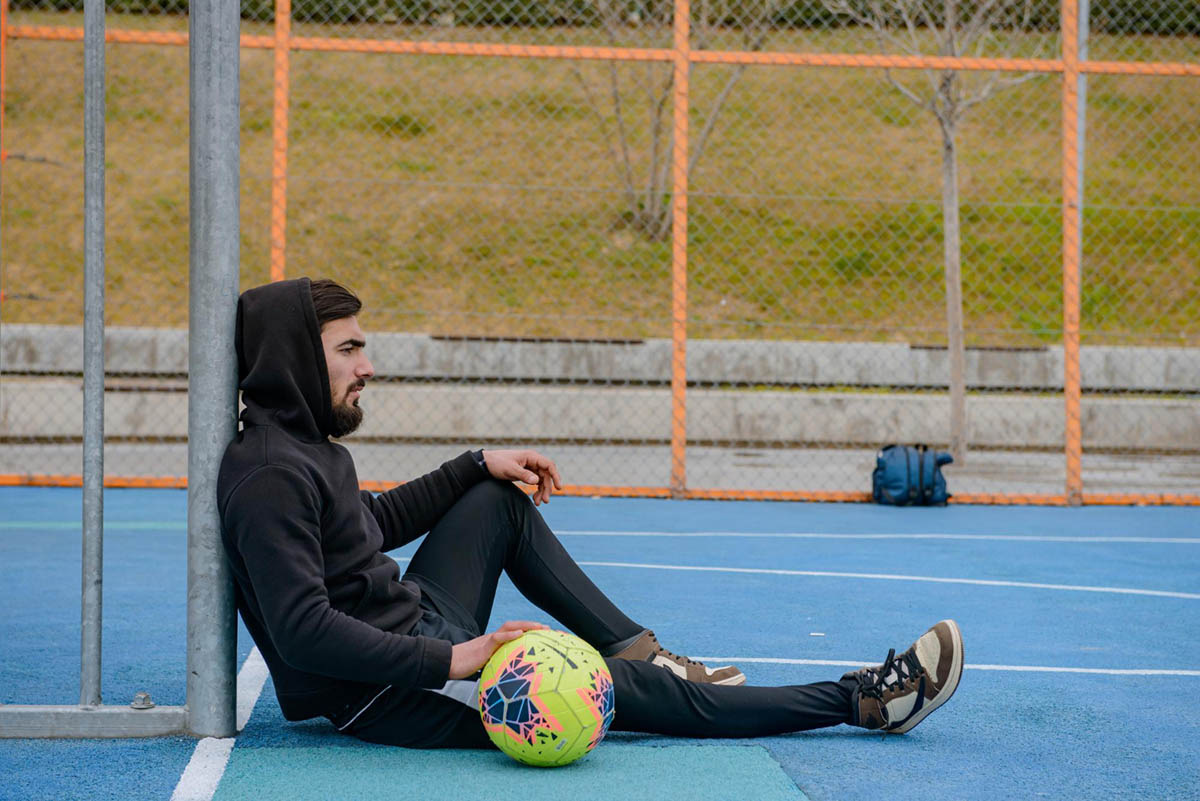In the world of sports, season-ending injuries are a common and dreaded occurrence. These injuries not only impact an athlete’s physical health but also take a toll on their emotional well-being and career trajectory, often sidelining them for months. This article aims to provide athletes with 4 tips for preventing injuries, offering actionable steps to prevent season ending injury. By following these tips, athletes can stay at the top of their game, maintain their physical and mental health, and continue to perform at their peak.
Understanding Season-Ending Injuries
Season-ending injuries are those that are severe enough to prevent an athlete from participating in their sport for the remainder of the season. These can include torn ligaments, fractures, severe concussions, or chronic conditions exacerbated by intense activity. The implications are far-reaching; not only do athletes miss games and competitions, but they also face the challenge of rehabilitation and the psychological effects of being sidelined.
Season-ending injuries can happen to any athlete, whether they’re a seasoned professional or an early-entry freshman. Knowing how to prevent sports injuries is essential for all athletes who want to continue performing at their best without interruptions. In the United States, approximately 30 million children and teenagers engage in organized sports annually. Unfortunately, over 3.5 million of these young athletes suffer injuries each year that result in lost participation time.
Importance of Preventing These Injuries
Season-ending injuries can derail an athlete’s progress, leading to significant time away from their sport. Preventing these injuries is crucial to maintaining peak performance, prolonging athletic careers, and preserving mental health. For head coaches and field coaches, keeping athletes healthy is a top priority, as it impacts team performance and morale.
Prioritize Proper Warm-up and Cool-down

A proper warm-up and cool-down routine is one of the most effective ways to prevent injuries in sports. This section will delve into the benefits and techniques for both, ensuring athletes understand their importance. Research has shown that implementing warm-up intervention programs can significantly reduce the risk of sports injuries.
Benefits of a Proper Warm-up
A proper warm-up prepares the body for the physical demands of training and competition. It increases blood flow to muscles, enhances flexibility, and reduces the risk of injury by preparing the muscles and joints for the activities ahead. For instance, a well-designed warm-up can help prevent common injuries like a calf injury, foot injury, or elbow injury.
Effective Warm-up Techniques
An effective warm-up should include dynamic stretches, light cardio, and sport-specific drills. Dynamic stretches, such as leg swings and arm circles, improve the range of motion. Light cardio, like jogging or jumping jacks, increases heart rate and blood flow. Sport-specific drills help fine-tune the muscles used during performance. These techniques are especially important for true freshman athletes who might not yet be accustomed to rigorous training routines.
Importance of Cooling Down
Cooling down after intense activity helps reduce muscle stiffness and soreness. It gradually lowers heart rate and aids in the removal of lactic acid build-up, promoting faster recovery. Cooling down is essential to prevent lingering soreness that can lead to more severe injuries.
Effective Cool-down Techniques
Effective cool-down techniques include static stretching and low-intensity exercises. Static stretches, held for 20-30 seconds, improve flexibility and reduce muscle tension. Low-intensity exercises, such as walking or gentle cycling, help return the body to a resting state. These practices can help prevent long-term issues for any athlete.
Strength Training and Conditioning
Strength training and conditioning are fundamental for building a resilient body that can withstand the rigors of athletic performance. This section will cover the essentials of strength training and how it contributes to injury prevention.
Building a Strong Foundation
Strength training builds muscle resilience and joint stability, reducing the likelihood of injuries. A balanced routine targeting all major muscle groups is essential for creating a strong, injury-resistant body. By focusing on exercises that strengthen the legs, core, and upper body, athletes can prevent common injuries like a knee injury, ankle injury, or shoulder injury.
Sport-Specific Conditioning
Sport-specific conditioning enhances performance and reduces injury risk by mimicking the movements and demands of the sport. Tailored conditioning programs should focus on the physical requirements unique to the athlete’s sport. For example, a basketball player might focus on explosive leg exercises, while a swimmer would benefit from shoulder and core strengthening exercises.
Exercises Targeting Common Injury-Prone Areas
Incorporating exercises that target injury-prone areas, such as the knees, ankles, and shoulders, is vital. Strengthening these areas through targeted exercises, like squats for knees and rotator cuff exercises for shoulders, can significantly reduce injury risk. Preventing a groin injury or a calf injury through specific strength training can be a game-changer for athletes.
Proper Technique and Form
Proper technique and form are critical components of injury prevention. This section will explain why these elements are so important and provide tips for maintaining them.
Importance of Proper Technique
Using proper technique and form is crucial in preventing injuries. Poor technique can lead to unnecessary strain on muscles and joints, increasing the risk of acute and overuse injuries. For example, improper form during lifting can result in a shoulder injury or back strain, which can sideline an athlete for an entire season.
Tips for Maintaining Proper Form
To maintain proper form, athletes should focus on body alignment, engage core muscles, and avoid overextending or overexerting. Regular feedback from coaches and video analysis can help identify and correct form issues. Head coaches should emphasize the importance of technique during practice to help athletes stay injury-free.
Listen to Your Body and Rest

Listening to your body and ensuring adequate rest is essential for preventing overuse injuries and maintaining overall health. This section will cover how to recognize the signs of overtraining and implement effective rest and recovery strategies.
Recognizing Signs of Overtraining
Overtraining can lead to fatigue, decreased performance, and increased injury risk. Recognizing signs like persistent soreness, irritability, and decreased motivation is key to preventing overtraining injuries. Athletes who ignore these signs risk developing more severe issues, such as a hamstring injury or chronic knee pain.
Rest and Recovery Strategies
Incorporating rest days, proper nutrition, hydration, and sleep are essential for recovery. Techniques such as foam rolling, massage, and ice baths can also aid in muscle recovery and injury prevention. By prioritizing recovery, athletes can prevent minor issues from escalating into season-ending injuries.
Conclusion
Preventing season-ending injuries is a multifaceted approach that involves proper warm-up and cool-down routines, strength training, maintaining proper technique, and listening to your body. By implementing these strategies, athletes can enhance their performance, prolong their careers, and enjoy a healthier, injury-free season. Remember, prevention is always better than dealing with the consequences of a season-ending injury. Stay proactive, stay fit, and keep pushing your limits safely.
At Mitchell Holistic Health, we understand the devastating impact season-ending injuries can have on athletes. Our comprehensive approach to wellness and injury prevention is designed to keep you in peak physical condition, enabling you to perform at your best without interruptions. Our specialized physical therapy for sports injuries focuses on preventing injuries before they occur, utilizing advanced warm-up intervention programs and tailored conditioning routines. By addressing the root causes of common sports injuries, such as hamstring, groin, shoulder, knee, and more, we help athletes maintain their physical health and extend their careers.

